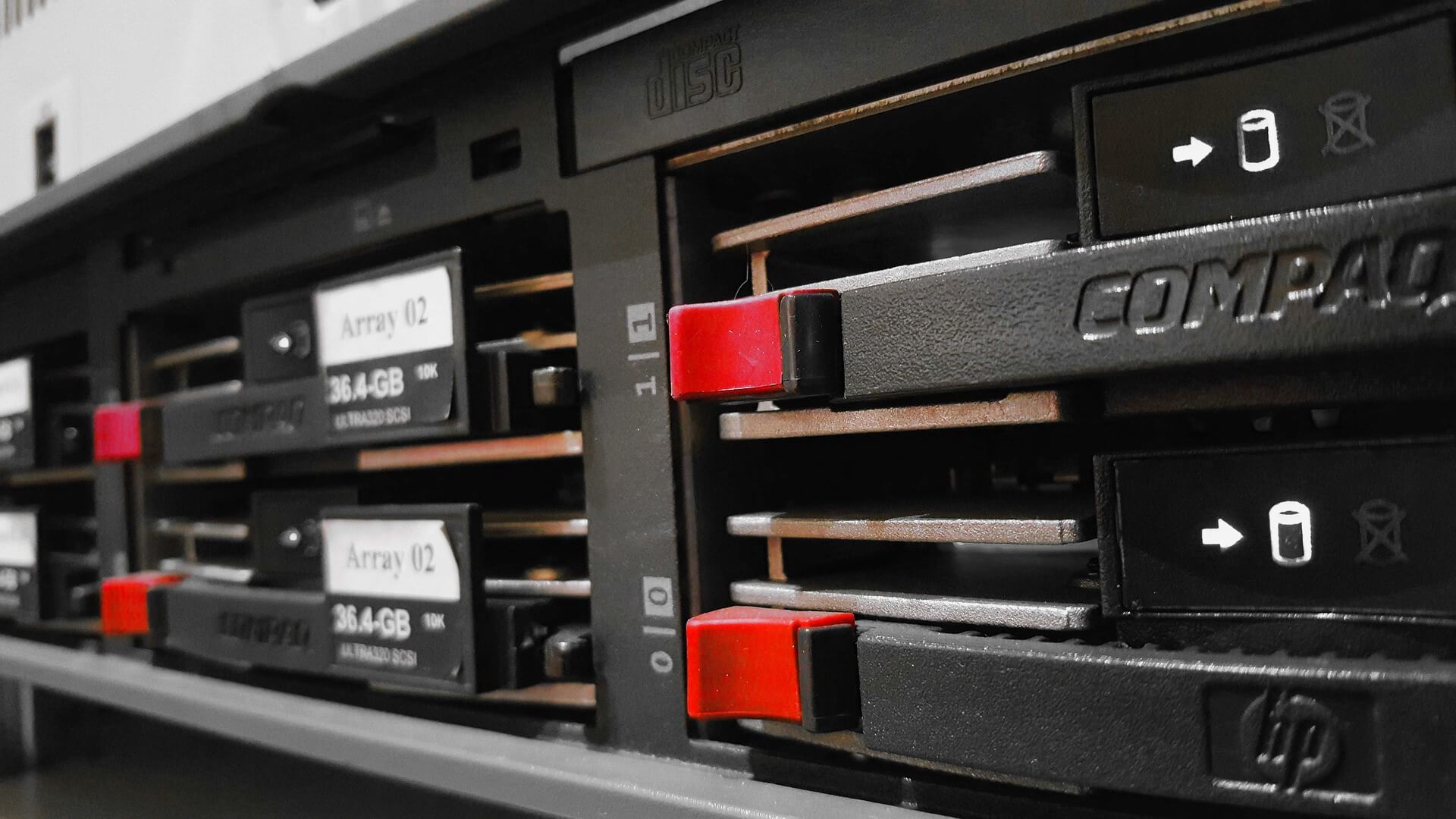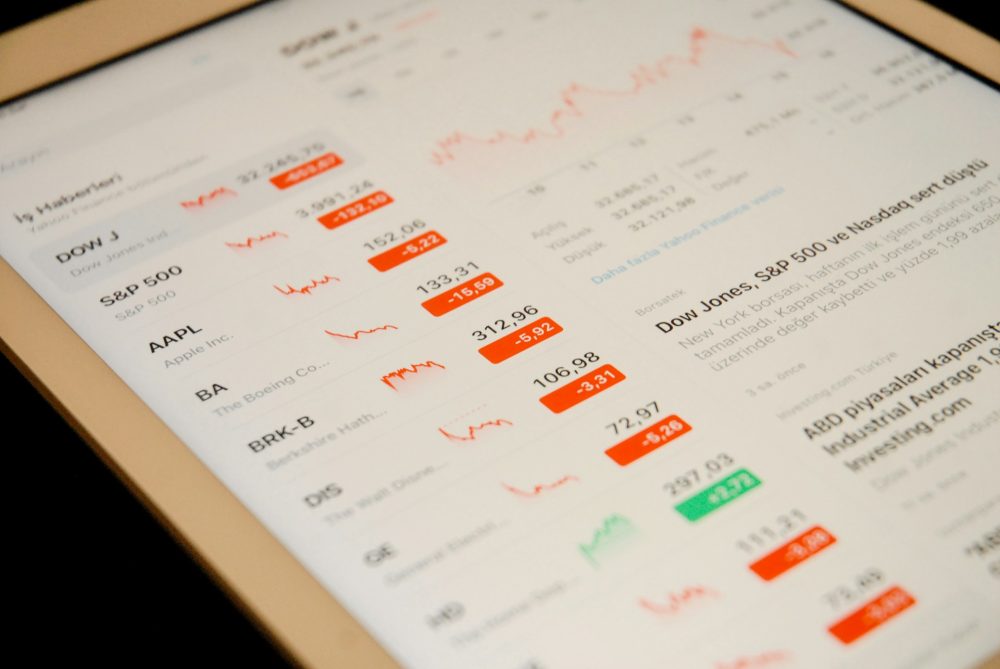Business
Watch the clouds to improve tech performance
The advancements in cloud technology make the monitoring of performance easier.

When you improve the performance of your tech solutions, you improve the productivity of your business. When that happens, profits soar.
However, more and more tech resources are moving to the cloud, so the performance monitoring techniques you’ve used for years will no longer work. As you transition your applications and data to the cloud, you need specific tools to help you see how your solutions are functioning. Fortunately, this guide can help you understand the importance of cloud monitoring and various methods for the continued observation of your assets.
Differences from server monitoring
In traditional monitoring setups, IT professionals spend time watching servers and infrastructure. They pay attention to the server’s CPU, RAM, hard disk space, and various pieces of hardware to ensure everything is performing optimally. However, when you migrate to the cloud, you no longer have access to these elements; in fact, you might never have access to a server again.
Your previous server monitoring technology and techniques won’t work for the following reasons:
Lack of infrastructure. Cloud providers are responsible for monitoring the hardware associated with their services: the switches, firewalls, hypervisors, SANs, and similar devices. You can order a certain amount of space and avoid the logistical headache of acquiring and maintaining that tech.
Platform-as-a-Service. Platform-as-a-Service (PaaS) hosting prevents you from installing applications directly on the server. Different platforms offer different replacements; for instance, you might use deployment slots. In most cases, the best solution to ensure high performance is application monitoring.
Function-as-a-Service and serverless architectures. Initially, there were no monitoring options for serverless architectures, which allow developers to deploy applications and business logic individually. Today, there are unique tools to observe the performance of apps on these services.
Specialized solutions. Cloud providers offer specialized services that require exclusive monitoring techniques. For example, you might utilize your cloud provider’s databases, queuing, and storage solutions. While you might be able to find a comprehensive monitoring tool, it is more likely that you will need specialized tools.
Benefits of cloud monitoring
Because you aren’t responsible for the hardware, you might be tempted to leave your monitoring efforts behind. However, there remain benefits to paying attention to your cloud’s performance, such as:
Auto-scaling. You probably don’t need your applications to run at peak performance 24/7. Fortunately, cloud hosting allows for auto-scaling, which optimizes performance during work hours and scales them down outside of peak times to save money. Cloud monitoring can tell you if you are scaling appropriately.

By monitoring your cloud’s performance, you can better understand how system resources are being consumed. (Source)
Server and app understanding. While you might not be able to track the server itself, by monitoring your cloud’s performance, you can better understand how system resources are being consumed. Then, you can migrate to a different cloud provider if necessary.
Capacity and consumption correcting. The visibility of your cloud allows you to analyze your consumption trends, clueing you in on increased capacity needs. You should track code errors as well as general consumption over time to understand how you are using your resources and how you might augment your cloud services.
Tools to help you see
The tools you use will depend almost entirely on the cloud providers you work with. Not all platforms, functions, and applications are compatible with all monitoring tools.
Amazon Web Services (AWS). One of the largest and fastest-growing cloud providers, AWS offers vast and diverse services to cover every business need. AWS monitoring tools cover every AWS service, so you can obtain a holistic picture of your cloud.
Microsoft Azure. Azure is perhaps the most recognizable cloud service. It is widely accepted because of its immediate compatibility with existing Microsoft systems. You can acquire Azure monitoring through Microsoft or from a variety of third-party developers.
Google Cloud Platform. Another dominant player in web services, Google offers a bevy of cloud solutions. Notably, Google develops monitoring tools for AWS and Azure as well as its own cloud platform service.
Everything else. If you are looking for a smaller name in cloud services, you might consider any of the following:
- Kahu
- Cloudsigma
- CloudVPS
- DigitalOcean
- Bluelock
These companies are established and reliable, meaning your cloud-based apps and data likely won’t get lost soon. However, because these clouds aren’t as significant as AWS, Azure and Google, you might need to double-check that monitoring tools are compatible with your chosen services.
—
DISCLAIMER: This article expresses my own ideas and opinions. Any information I have shared are from sources that I believe to be reliable and accurate. I did not receive any financial compensation in writing this post, nor do I own any shares in any company I’ve mentioned. I encourage any reader to do their own diligent research first before making any investment decisions.

-

 Markets2 weeks ago
Markets2 weeks agoNavigating the Fourth Turning: Cycles of Crisis and Opportunity
-

 Cannabis4 days ago
Cannabis4 days agoIs Aurora Cannabis Stock a Risk Worth Taking?
-

 Impact Investing2 weeks ago
Impact Investing2 weeks agoEU Eases CO2 Tax Burden on SMEs with Revised CBAM Rules
-

 Business6 days ago
Business6 days agoAmerica’s Debt Spiral: A $67 Trillion Reckoning Looms by 2035


























You must be logged in to post a comment Login